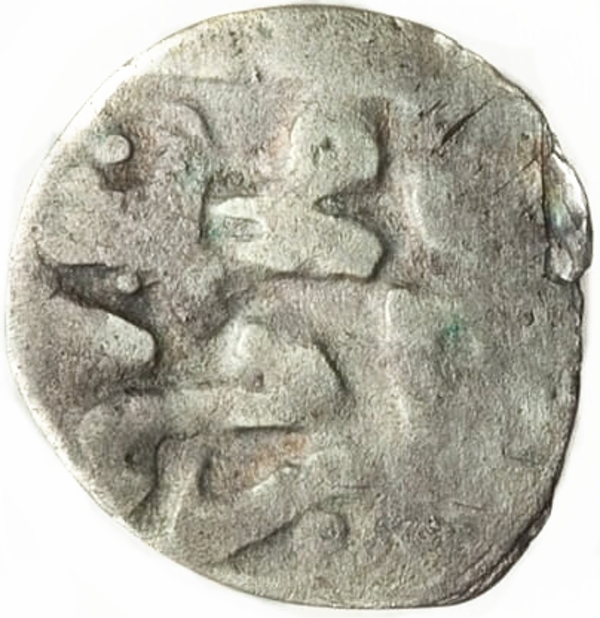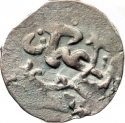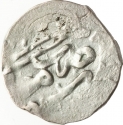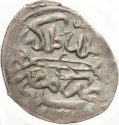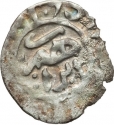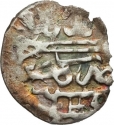You are about to finish your registration. Please check your mailbox (including spam folder). There should be a letter with a confirmation link. Check setting to make sure that your e-mail address is correct.
Send letter againDescription
Mehmed IV (1642–1693) also known as Mehmed the Hunter (Turkish: Avcı Mehmed) was the Sultan of the Ottoman Empire from 1648 to 1687. He came to the throne at the age of six after his father was overthrown in a coup. Mehmed went on to become the second longest reigning sultan in Ottoman history after Suleiman the Magnificent. While the initial and final years of his reign were characterized by military defeat and political instability, during his middle years he oversaw the revival of the empire's fortunes associated with the Köprülü era. Mehmed IV was known by contemporaries as a particularly pious ruler, and was referred to as gazi, or "holy warrior" for his role in the many conquests carried out during his long reign.
Under Mehmed IV's reign the empire reached the height of its territorial expansion in Europe. From a young age he developed a keen interest in hunting, for which he is known as avcı (translated as "the Hunter"). In 1687, Mehmed was overthrown by soldiers disenchanted by the course of the ongoing War of the Holy League. He subsequently retired to Edirne, where he resided until his natural death in 1693.
The Eyalet of Egypt operated as an administrative division of the Ottoman Empire from 1517 to 1867. It originated as a result of the conquest of Mamluk Egypt by the Ottomans in 1517, following the Ottoman–Mamluk War (1516–17) and the absorption of Syria into the Empire in 1516. Egypt always proved a difficult province for the Ottoman Sultans to control, due in part to the continuing power and influence of the Mamluks, the Egyptian military caste who had ruled the country for centuries.
Obverse

|
Tughra in Mehmed IV name, "Sultan Mehmed IV ibn Ibrahim I. سلطان محمد بن ابراهيم |
|---|---|
Reverse

|
Arabic legend and Ottoman Turkish legend "Struck in Egypt" and the accession year in Hejira (AH1031) below with "az nassroh" (May he be victorious) above. عز نصره |
| Edge |
